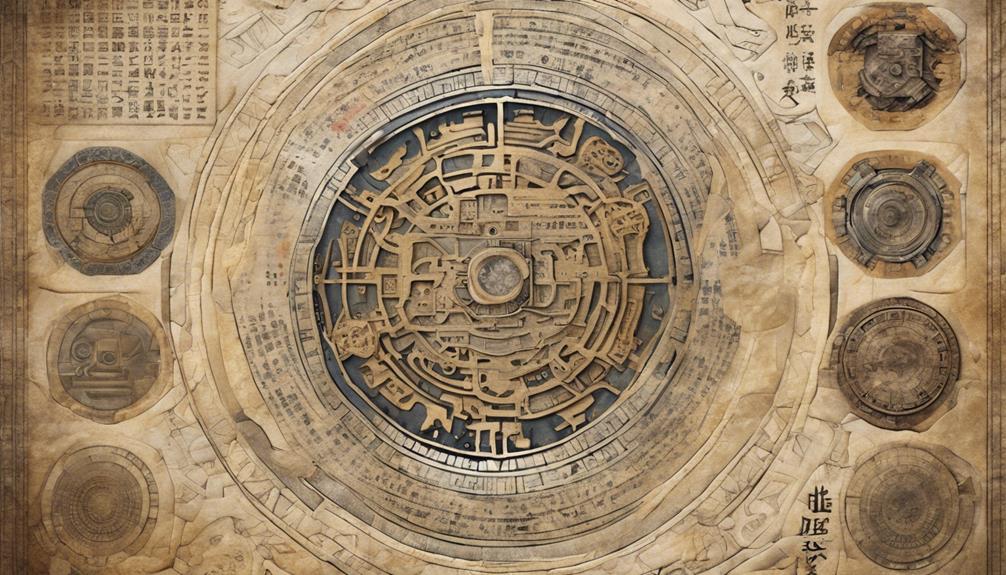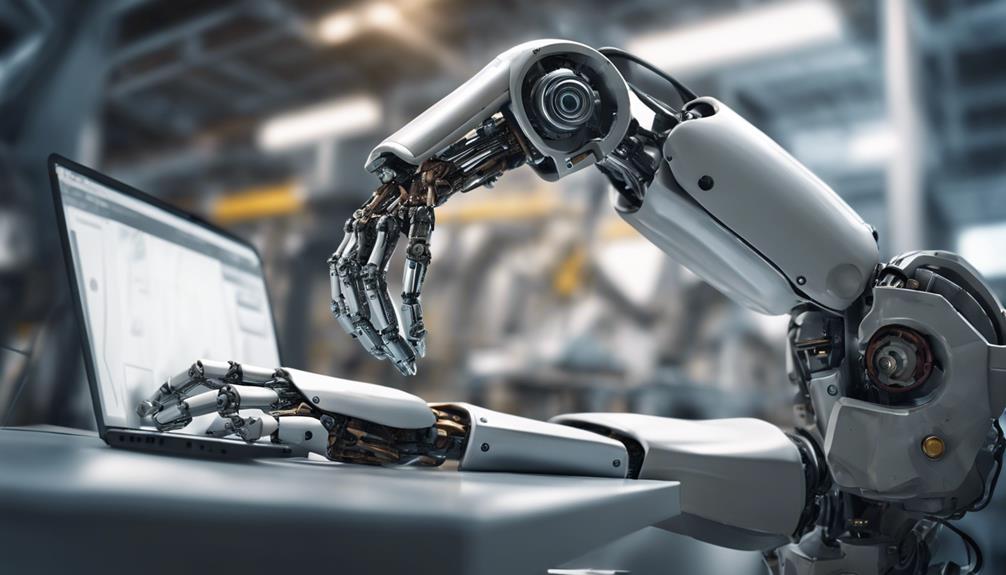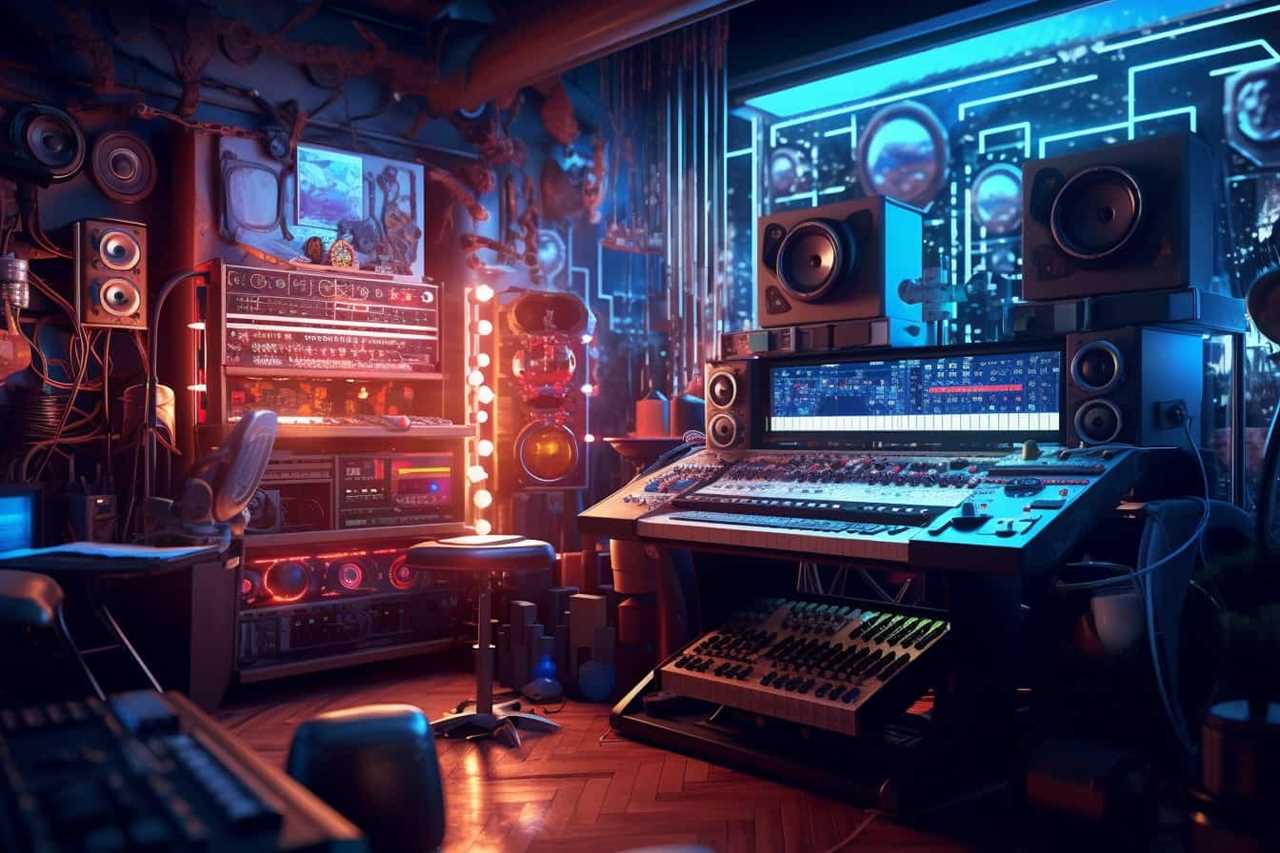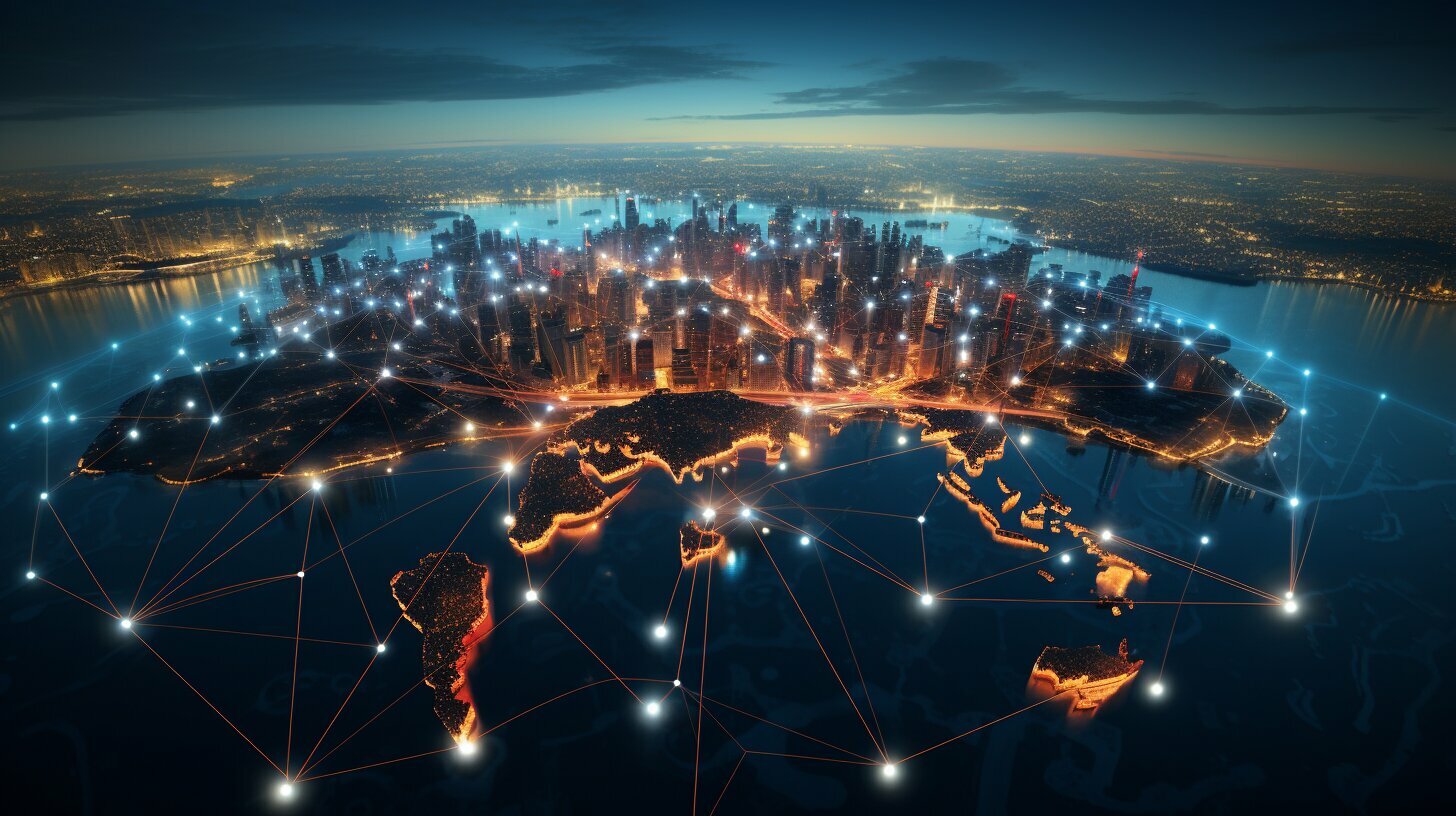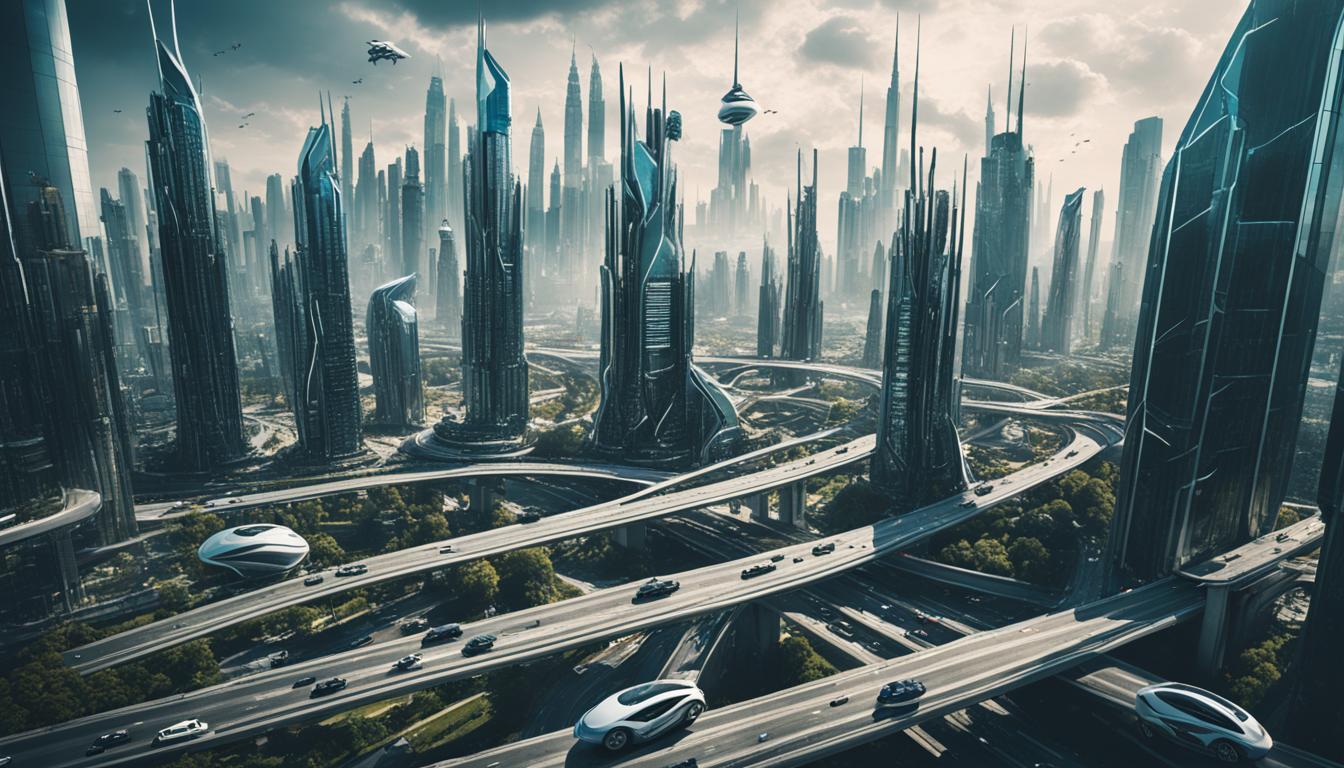While casually scrolling through the latest news updates, we stumbled upon a fascinating discovery – progress in Artificial Intelligence is paving the way for unlocking long-lost ancient secrets trapped within delicate scrolls.
The marriage of artificial intelligence and historical artifacts has sparked a wave of anticipation among scholars and enthusiasts alike.
The implications of these advancements extend far beyond mere academic curiosity, hinting at a world of knowledge waiting to be unearthed.
The intricate dance between technology and ancient manuscripts promises to unveil mysteries that have long eluded us, offering a glimpse into the rich tapestry of our past.
Key Takeaways
- AI algorithms reveal hidden text in charred Herculaneum scrolls.
- Contest advancements lead to transcribing ancient writings by Philodemus.
- Scholars experience emotional connections while translating ancient texts.
- AI and imaging technologies offer hope for deciphering more scrolls, unveiling historical and literary treasures.
Technological Challenges in Scroll Preservation
In our quest to unravel the mysteries of the Herculaneum papyri, we encounter formidable technological challenges in preserving the delicate ancient scrolls. Preservation techniques for these charred and fragile scrolls have been a significant focus.
Efforts to create 3D scans and advancements in imaging have offered some success in virtual unrolling. However, high costs and logistical hurdles hinder the scanning of the entire cache. AI algorithms are being explored to decipher patterns in scroll images, but the process remains intricate.
Various methods, including pouring mercury, have been attempted to unroll the scrolls. The delicate nature of the scrolls presents ongoing challenges, emphasizing the need for continuous innovation in preservation techniques and imaging advancements.
The Vesuvius Challenge and AI Decoding
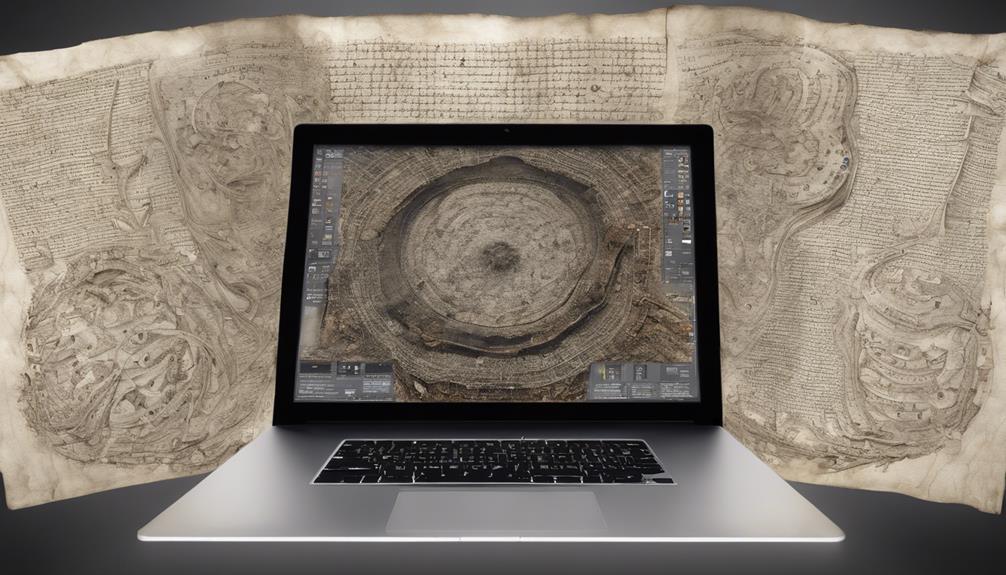
The Vesuvius Challenge spurred innovative advancements in AI decoding techniques, revolutionizing the exploration of the Herculaneum papyri.
- Utilization of 3D visualization techniques enhances the understanding of scroll structures
- Machine learning algorithms analyze intricate patterns in the scanned images
- Contestants employ software to flatten 3D scans for improved readability
- AI aids in transcribing hidden passages, pushing the boundaries of deciphering ancient texts.
AI Advancements in Scroll Analysis
Advancing beyond the innovative techniques employed in the Vesuvius Challenge, AI developments are revolutionizing the analysis of ancient scrolls, particularly in deciphering hidden passages and unraveling intricate patterns.
AI algorithms now play a crucial role in detecting minuscule traces of ink on scroll fragments, illuminating entire paragraphs on scroll images, and stitching together multiple columns of text. These advancements, coupled with imaging breakthroughs, have enabled scholars to make significant progress in unraveling the mysteries contained within these ancient scrolls.
The use of AI systems hasn't only expedited the deciphering process but has also brought to light previously unseen details, shedding new light on the rich tapestry of history preserved within these delicate artifacts.
Scholarly Emotions on Text Discoveries
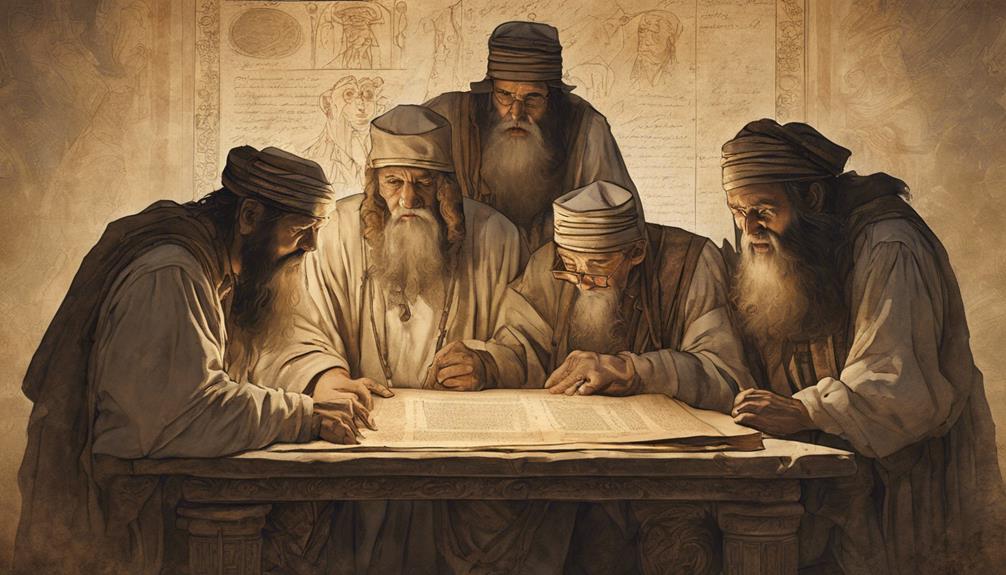
Experiencing profound scholarly emotions upon uncovering ancient texts is a testament to the enduring impact of historical discoveries. Scholars often find themselves overwhelmed with a mix of emotions when delving into the depths of these ancient writings. These emotional reactions are a reflection of the deep connection scholars feel towards unraveling the mysteries of the past and gaining insights into bygone eras.
The scholarly interpretations derived from these text discoveries go beyond mere academic analysis, delving into the realms of personal fascination and intellectual satisfaction.
- Scholars are emotionally moved by the uncovering of ancient texts
- Emotional reactions reflect the deep connection scholars have with historical discoveries
- Scholarly interpretations extend beyond academic analysis
- Personal fascination and intellectual satisfaction play a role in interpreting ancient texts
Future Prospects for Scroll Deciphering
With advancements in AI algorithms and imaging technologies, our prospects for deciphering the remaining scrolls from Herculaneum are promising and filled with potential breakthroughs.
AI applications have shown remarkable progress in detecting ink traces on fragile scroll fragments and illuminating entire paragraphs on scroll images. Translation techniques using AI have enabled experts to stitch together multiple columns of text and transcribe ancient writings successfully.
The integration of high-energy X-rays for scanning scroll fragments at high resolution has further enhanced our ability to unravel hidden content. As we continue to refine these AI tools and techniques, we anticipate further advancements in deciphering the ancient texts, unlocking invaluable insights into the history and culture preserved within the Herculaneum scrolls.
Impact of AI on Ancient Texts
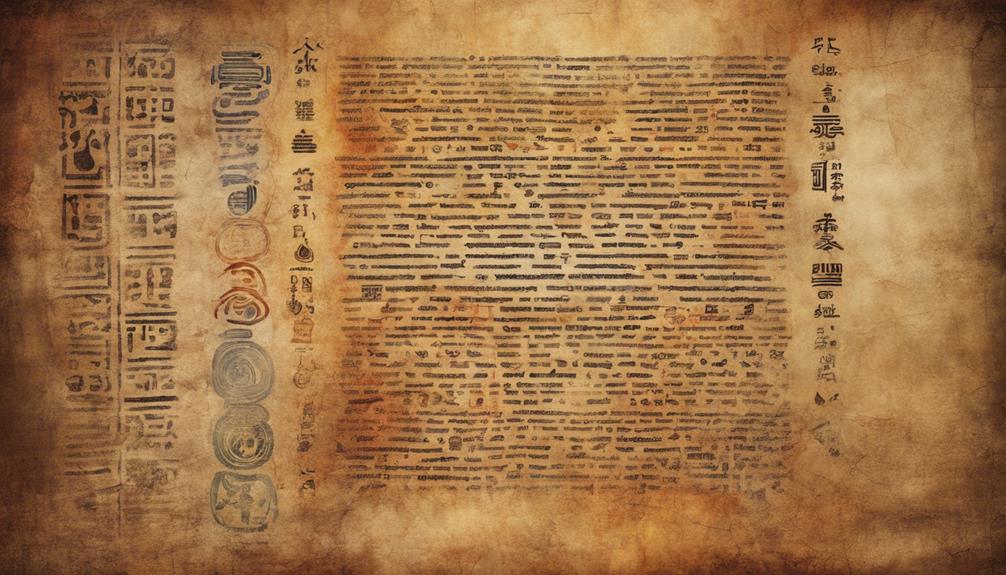
Our exploration of the impact of AI on ancient texts reveals a transformative journey into the depths of historical knowledge and technological innovation.
AI applications are revolutionizing the way we approach deciphering ancient manuscripts, offering new avenues to unlock historical insights.
Through advanced algorithms and imaging technologies, AI systems can now detect minute traces of ink, illuminate hidden text, and reconstruct fragmented passages.
These advancements not only aid in the preservation and translation of ancient texts but also provide scholars with unprecedented access to previously inaccessible information, shedding light on the cultural, philosophical, and literary heritage of past civilizations.
Unveiling Historical Secrets in Scrolls
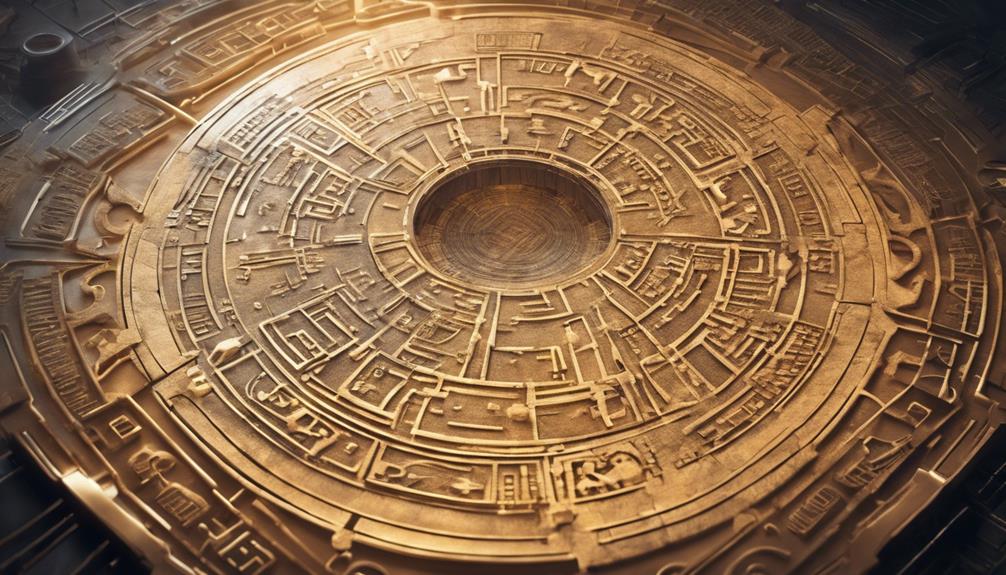
Unraveling the enigmatic contents of the ancient scrolls presents a formidable challenge that demands a delicate balance of technological innovation and scholarly expertise. Through recent AI advancements, historical revelations have been made possible, shedding light on the mysteries hidden within these ancient texts.
Algorithms now detect minute traces of ink on fragile scroll fragments, illuminating entire paragraphs that were once indecipherable. Teams like Farritor, Nader, and Schilliger have successfully stitched together columns of text, unveiling the wisdom of ancient philosophers like Philodemus on topics such as music and food.
The progress in deciphering these scrolls not only showcases the potential of AI systems but also offers a glimpse into the rich tapestry of historical and literary treasures waiting to be revealed.
Frequently Asked Questions
How Do Scholars Determine the Authenticity of the Text Found in the Herculaneum Scrolls?
When analyzing the text found in the Herculaneum scrolls for historical accuracy, scholars employ meticulous methods of text analysis. Through close examination of linguistic styles, historical context, and cross-referencing with known works, authenticity is determined.
Advanced imaging technologies and AI algorithms aid in deciphering the fragile text, shedding light on ancient secrets. Such detailed scrutiny ensures that the content extracted from the scrolls aligns with established historical records.
What Are the Ethical Considerations Involved in the Use of AI Technology to Decipher Ancient Texts?
When considering the ethical implications of using AI to decipher ancient texts, we must prioritize cultural preservation. Respecting the integrity of historical artifacts and ensuring that these technologies are employed responsibly is paramount.
Striking a balance between innovation and ethical standards is crucial to protect the authenticity and significance of these ancient writings. Collaborative efforts are essential to navigate these challenges, ensuring that advancements in AI are used ethically for the preservation of cultural heritage.
Are There Any Known Instances of Misinformation or Misinterpretation Arising From Ai-Assisted Translations of the Scrolls?
When considering ai-assisted translations of ancient texts like the Herculaneum scrolls, we acknowledge the misinterpretation risks present. Verification methods become crucial in ensuring accuracy.
While AI advancements offer immense potential, caution is necessary to prevent misinformation from seeping into historical narratives. Collaborative efforts among scholars and AI developers can enhance the reliability of translations and interpretations.
Striking a balance between technological innovation and scholarly rigor is key in navigating these challenges.
How Do Scholars Reconcile the Emotional Connection to the Texts With the Academic Rigor Required for Accurate Interpretation?
When approaching the emotional connection to ancient texts alongside the academic rigor necessary for precise interpretation, scholars navigate a delicate balance.
The deep ties we forge with these texts fuel our passion for understanding, while the demands of scholarly inquiry require meticulous attention to accuracy and detail.
This intricate dance between emotional attachment and academic integrity underscores the profound impact these texts have on our understanding of history and culture.
What Measures Are Being Taken to Ensure the Long-Term Preservation of the Deciphered Texts and the Remaining Scrolls in the Collection?
Preservation techniques and conservation efforts are crucial for safeguarding the deciphered texts and the remaining scrolls. Various methods like controlled environments, digitization, and protective casings are employed. Constant monitoring and periodic assessments ensure long-term stability.
Collaboration with experts in archival practices enhances our preservation strategies. Implementing cutting-edge technologies in conservation guarantees the longevity of these invaluable historical artifacts. Our commitment to meticulous care and innovative solutions secures the future of these ancient treasures.
Conclusion
As we witness the convergence of AI and archaeology in unlocking the enigmatic Herculaneum papyri, it's akin to watching a veil being lifted from the past, revealing a vibrant tapestry of ancient knowledge and wisdom.
The transformative power of technology has illuminated the shadows of history, offering us a glimpse into the minds of those long gone. With each decoded scroll, we inch closer to unraveling the mysteries of the past and rewriting the narrative of ancient civilizations.
